Zoë Buckman’s solo show, “Present Life,” opens tonight at Garis & Hahn in New York. On view through March 28, it includes a sound installation; photographs; neons; sculpture in marble, concrete, and glass; and embroidered lace. Whitewall visited Buckman in her studio late last year as the works were coming together. We learned that the starting point for this body of work was the birth of her child and the unexpected state of her placenta. Buckman has a bright energy, and is as adept in discussing the work of contemporary artists like Sophie Calle as she is at quoting Biggie and Tupac lyrics. Over tea, the artist told of us about her newfound love of neon, how one goes about plastinating an organ, and a couple of wacky (but poignant) pregnancy dreams. Here’s an excerpt from our conversation, the entirety of which will be in Whitewall’s spring 2015 Art Issue, out next month.
WHITEWALL: In the Garis & Hahn show, in one room you have a dining table with a lace runner, and sounds of a family dinner and the ocean will be played. What was the inspiration for that installation?
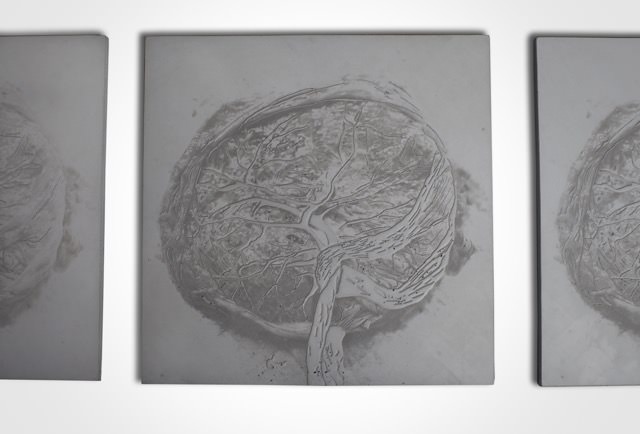
ZOË BUCKMAN: I started working on this after I had my baby. And when I started planning how I was going to do this show, I remembered that I had three or four very vivid dreams whilst I was pregnant, which I’d typed up on my computer.
WW: Do you normally write down your dreams?
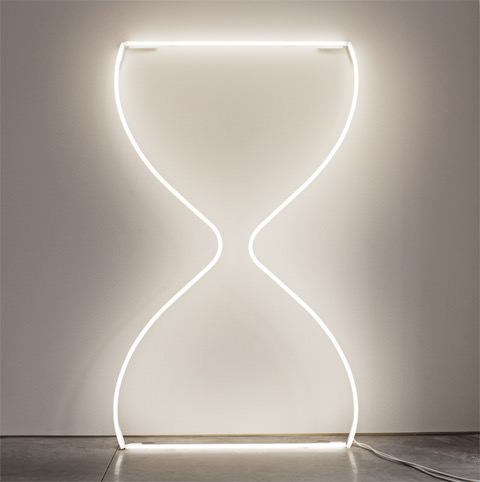
Image courtesy the artist and Bethanie Brady Artist Management
ZB: No, never. But it was those sorts of dreams where I thought, “I have to write this down.” I had forgotten about them and had made the majority of this work (had already done the hourglass, worked with marble). Then I was going through my computer and I found that document and read this one dream, and I had a body memory of the entire thing. In it, I’ve already had my daughter—she is about two or three. I take her to the beach, and there is my grandmother, who had died a long time ago. She sat on a bench overlooking the ocean. I carry my kid over and as soon as I see her I know it’s my grandmother, but I only see her face in profile. In the dream she was midwife. I tell my daughter, “I’m taking you to meet the woman who delivered you.” And she ends up saying something about how having a child for a mother is like entering the nighttime of your life, because now you can die. I remember that it didn’t feel morbid or somber, just really beautiful and profound. And in the dream, my kid says to her, “Oh, so you’re in the nighttime of your life, now you can die.” And she says, “I’m waiting to.” And then I woke up.
I forgot about that dream. But when I had my daughter, I was confronted unexpectedly with ideas of mortality. My midwife told me—my actual real midwife [laughs]—that she’d been looking at my placenta and it had started to deplete. She said it was fine because I went into labor two weeks early, there was no damage to the baby, but that if I hadn’t gone into labor early, it would have depleted and detached and that would have equaled a stillbirth.
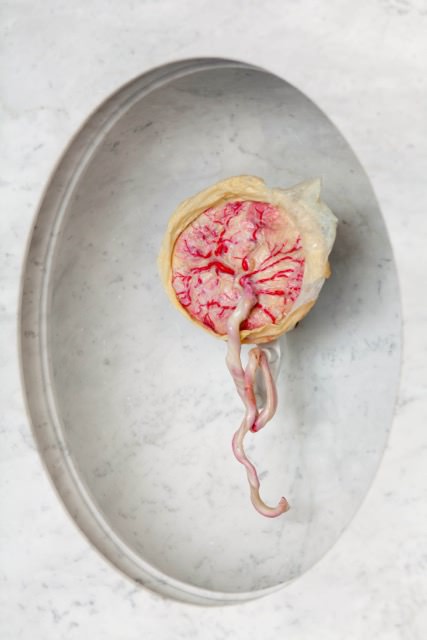
WW: I imagine that was a shock to hear right after giving birth.
ZB: You’re so blissed out on these natural hormones that I didn’t really think about it until she came back a few days later and explained to me for the first time what the placenta is for. I started to understand how unique it was in that it is the only organ that grows after we’re born. And in hospitals they put it in the bin. I feel like it mirrors our journey. We have a job to do, and hopefully we do it right, and then we end up in just a slightly larger trash bag; that’s life, it’s really unfair and it’s really beautiful. It’s all things I hadn’t really thought about until I had a kid.
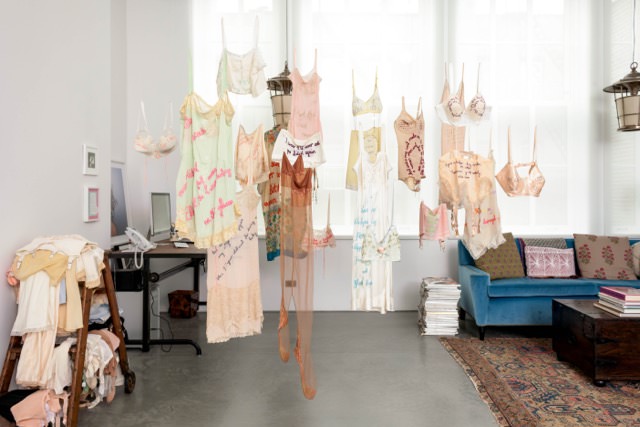
Image courtesy the artist and Bethanie Brady Artist Management
One day I was holding my daughter when she was a few months old and I just got it; she is going to die. My little baby girl is going to die. That is really unfair. So that was the place I was in when I started this work. I was really into trying to find ways to preserve that moment, when something has started to die, being in that in-between place is really interesting and ugly-slash-beautiful.
WW: The placenta comes up in a few ways in the show—in neon, in concrete, in the hourglass pieces, and your actual plastinated placenta. Before you knew that it had started to deplete after giving birth, had you already planned on saving it?
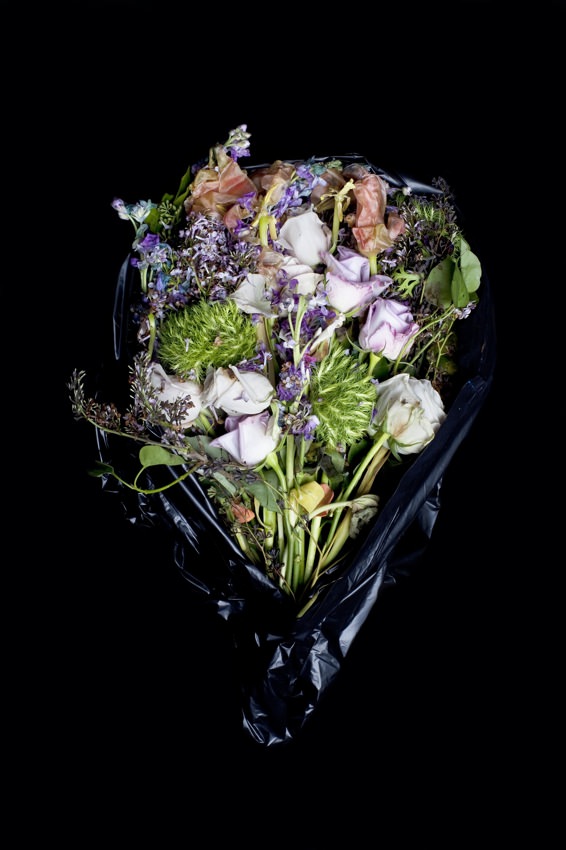
ZB: I wanted to bury mine under a tree. But we hadn’t moved into this house yet; we were still in a flat in Tribeca. So we talked about it leaving it in the freezer until I was ready to do plant it in our new home. My first medium I started with was photography, and I said I had wanted to photograph it before I put it in the freezer. I had two days to photograph it before I had to freeze it. I took the photos, put it in the freezer; later with that photo I produced these concrete tiles. And while this was in the freezer I started letting these ideas manifest. I wanted to freeze that moment. It was living and it had started to die, and that was a really interesting stage. I rang a bunch of embalming places in New York, and I think they thought it was a prank call. Then I remembered about the Institute for Plastination in Germany, from the exhibition “Body Worlds,” and got in touch with them. They said they would need it for nine months, which I thought was kind of perfect because that’s how long I had it for, and off it went on dry ice.
While they had it I was looking for other ways to explore this idea and I started looking around the home. Particularly after having a baby, people bring you flowers, and you’re indoors quite a lot. Every week I was tossing out these bunches of flowers. And I realized that these were a way I could express what I was trying to say with the placenta, without having my actual placenta. So I started photographing the flowers every Monday—wrap them in the bin bags, and shoot them.

Image courtesy the artist and Bethanie Brady Artist Management
“Present Life” is on view through March 28 at Garis & Hahn.









